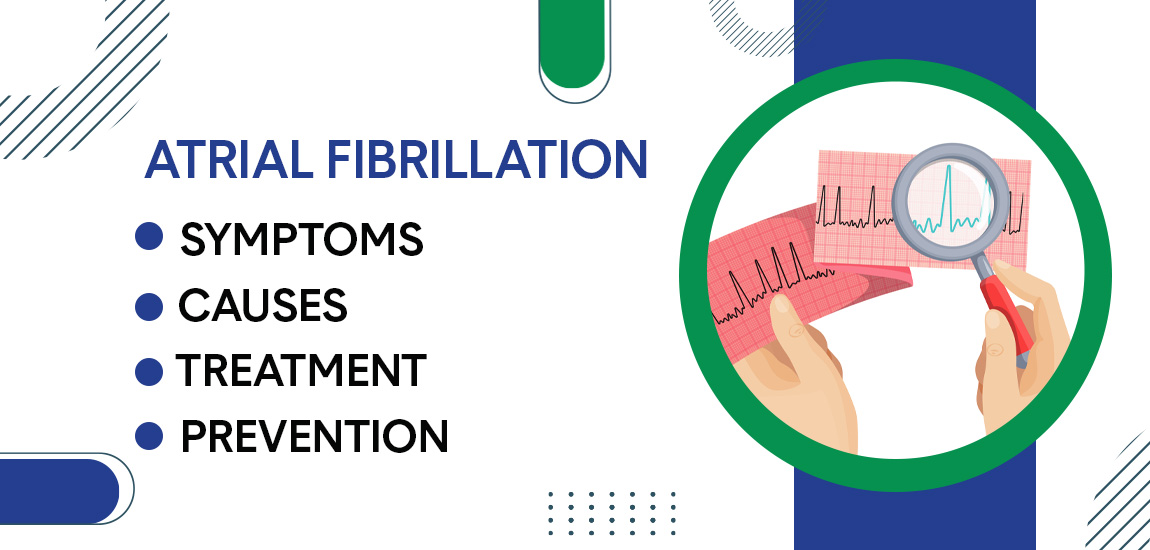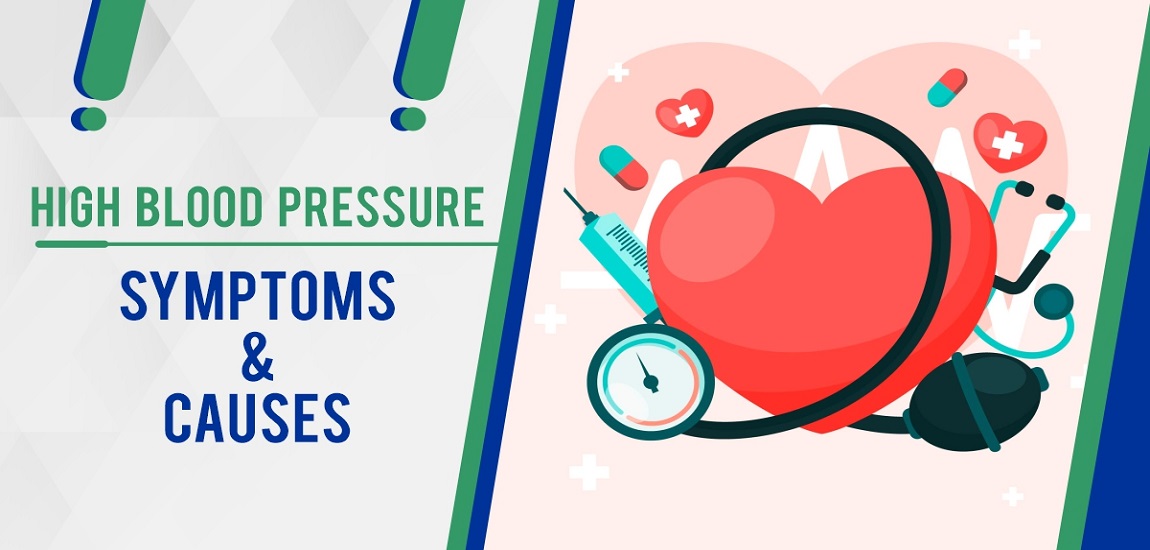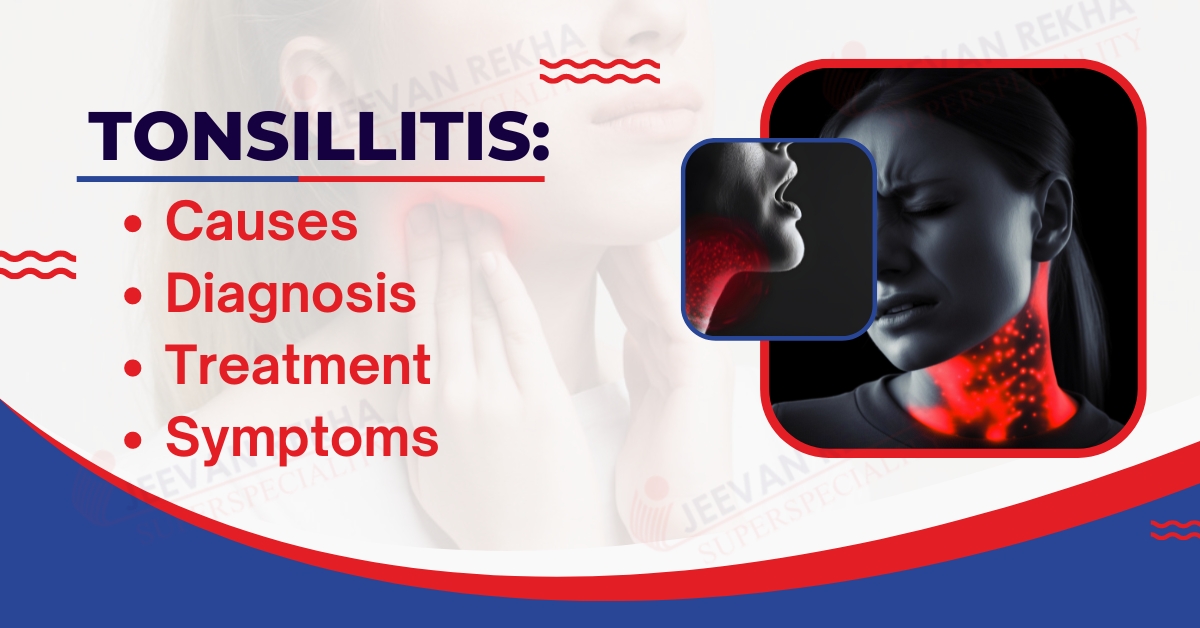
- By JRSH Admin
- In Health and Tips,
- Posted September 22, 2022
Atrial Fibrillation: Symptoms, Causes, Prevention, and Treatment
What is Atrial Fibrillation?
An irregular heart rhythm (arrhythmia) begins in the upper chambers of your heart (atria). Atrial fibrillation is known as Afib or AF. Atrial fibrillation is a disruption in the normal electrical impulse cycle of nature of the heart. Blood cannot flow properly from your atria to your lower chambers (ventricles) due to this fast, chaotic heart rhythm.
Heart failure is caused by disorganized signals that cause the upper chambers of the heart (the atria) to beat rapidly. Fibrillating hearts are contracting so quickly that they cause the walls to quiver.
AFib can be caused by damage to your heart's electrical system. Many conditions can damage the heart, including heart attacks and heart failure. However, in at least one out of every ten cases of AFib, another factor may be at play. Often, doctors are unable to determine what causes atrial fibrillation.
AFib can be controlled and avoided if you know what triggers your episodes after you have been diagnosed with the condition.
Symptoms of Atrial Fibrillation
Physical examinations are sometimes the only way to detect AFib when there are no symptoms. Others can experience any or all of the following symptoms:
- General fatigue
- The heartbeat that is rapid and irregular
- "Thumping" in the chest or fluttering
- Dizziness
- Anxiety and breathlessness
- Weakness
- Faintness or confusion
- Fatigue when exercising
- Sweating
Causes of Atrial Fibrillation
An irregular heartbeat is caused by changes in the electrical signals in the heart. People of any age can suffer from it, but it is more common among the elderly. Several other risk factors exist, including:
- Hypertension: Having high blood pressure for an extended period can strain the heart.
- Pulmonary embolism: The medical term for a blood clot in the artery supplying the lungs is pulmonary embolism.
- Heart disease: A-fib is more likely to occur in people who have underlying heart conditions. A heart attack, heart valve disease, heart failure, and coronary artery disease are some of these conditions.
- Alcohol consumption: People at the highest risk are those who regularly consume large amounts of alcohol. Even small amounts can trigger some individuals. There are also toxic drugs that can cause A-fib, such as methamphetamine.
- Family members with A-fib: Those who have a family history of A-fib may be more susceptible to developing it themselves.
- Sleep apnea: An individual with a severe case of this condition is more likely to develop A-fib.
- Other chronic conditions: Some long-term medical conditions may increase the risk, such as thyroid problems, asthma, diabetes, and obesity.
Effect of Atrial Fibrillation on Heart
Atrial fibrillation occurs when the upper chambers of the heart (atria) contract randomly and very quickly, making it difficult for the heart muscles to relax properly between contractions.
Consequently, the heart is less efficient and performs worse. An abnormal electrical impulse suddenly fires in the atria causing atrial fibrillation. The result is an irregular and fast heartbeat.
Risk Factors of Atrial Fibrillation
The risk factors that most often lead to atrial fibrillation include:
- Age
- Genes
- Sick sinus syndrome
- Heart disease
- Heart attack
- High blood pressure
- Inflammation of your lungs, such as chronic obstructive pulmonary disease (COPD) and emphysema.
- A thyroid gland that may be overactive(hyperthyroidism)
- Obesity, diabetes, and metabolic syndrome
- Sleep apnea
- Infections caused by a virus
Complications of Atrial Fibrillation
Strokes can be caused by blood clots, a dangerous complication of atrial fibrillation.
During atrial fibrillation, clots can form in the upper chambers (atria) of the heart as a result of the chaotic heart rhythm. Blood clots can travel to the brain if they break free from the left upper chamber (left atrium) of the heart.
You are more likely to suffer from a stroke if you have atrial fibrillation as you age. Besides A-fib, the following health conditions may also increase your stroke risk:
- High blood pressure
- Diabetes
- Heart failure
- Some valvular heart disease
In people with atrial fibrillation, blood thinners are commonly prescribed to prevent blood clots and strokes.
Prevention of Atrial Fibrillation
It doesn't matter whether you want to prevent AFib, try to treat your AFib without medications or surgical procedures, or prevent AFib from returning, there are steps you can take. These lifestyle choices are primarily aimed at maintaining a healthy heart. Among them are:
- Maintaining a regular exercise routine - but not too strenuous.
- Consuming a low-fat, low-sodium diet.
- Caffeine and alcohol consumption should be moderate (or not consumed at all).
- Avoid or quit smoking.
- Staying healthy in terms of weight.
- Maintaining your blood pressure and cholesterol under control, as it is necessary.
Based on your overall health and any medical conditions you may have, your doctor can help you design an atrial fibrillation prevention diet and exercise program.
When to See a Doctor?
Make an appointment with your doctor if you are experiencing any symptoms of atrial fibrillation. Medical attention should be sought immediately if you have chest pain. Your chest pain could indicate that you are having a heart attack.
How is Atrial Fibrillation diagnosed?
People with atrial fibrillation (A-fib) may not be aware that they have it. During a physical exam for another reason, a doctor may listen to the heart with a stethoscope and detect A-fib.
For a diagnosis of A-fib or to rule out other conditions that may cause similar symptoms, a doctor may order several tests. A variety of tests may be conducted, including:
- Electrocardiogram (ECG or EKG): The electrical activity of the heart is measured with this quick and painless test. The chest, arms, and legs are sometimes covered with sticky patches (electrodes).
Test results are displayed on a computer by wires connecting the electrodes to the electrodes. During an ECG, you will be able to determine if your heart is beating too fast, too slow, or not at all. Usually, an ECG is used to diagnose atrial fibrillation.
- Blood tests: By performing these tests, a doctor can determine whether there is a thyroid problem or detect other substances in the blood that may cause A-fib.
- Holter monitor: A pocket-sized, portable ECG device can be worn during regular daily activities or carried in a pocket. Heartbeats are continuously recorded for up to 24 hours.
- Event recorder: This device records blood pressure only at certain times for a few minutes at a time, similar to a Holter monitor. It is worn for a longer period of time than a Holter monitor, typically 30 days.
When you experience symptoms, your body usually tells you to push a button. A device that detects irregular heart rhythms automatically records it.
- Echocardiogram: Sound waves are used to create images of the heart's structure, size, and motion during this noninvasive test.
- Stress test: Running stress tests on a treadmill or stationary bike while exercising is also known as exercise testing.
- Chest X-ray: The X-ray images help doctors diagnose lung and heart conditions.
Treatment of Atrial Fibrillation
A personalized treatment plan will be created with the help of your healthcare providers. Each individual's health history, symptoms, and preferences determine the treatment options available to them.
There are some individuals who don't have any symptoms and do not require significant treatment. In the following sections, we will discuss some general categories of treatment.
Medicines:
Medicines for AFib may include:
- Stroke prevention by blood-thinning medicines (anticoagulants)
- Medications that slow the heart rate, such as beta-blockers, digoxin, and calcium channel blockers
- AFib prevention medicines (antiarrhythmics)
- AFib treatment, if known, based on the primary cause
- ACE inhibitors are used to treat heart failure if it is present
Cardioversion:
Electrical cardioversion may be necessary if your arrhythmia is ongoing. Heart rhythms can be restored this way. Electrical shocks are administered to the heart with special pads or paddles.
By doing this, the heartbeat is reset to normal and the signal that makes the atria quiver is stopped. An echocardiogram called a trans-esophageal echocardiogram may also be necessary if you have not been taking blood thinners for a sufficient amount of time before cardioversion.
The purpose of this is to ensure that there are no clots in your heart that could cause a stroke during or after cardioversion.
Ablation:
When medicines and electrical cardioversion haven't controlled the arrhythmia, catheter ablation can restore normal rhythm and improve symptoms. Moreover, it may provide the opportunity to discontinue long-term medication for atrial fibrillation.
Catheter ablation involves sending radiofrequency energy through a wire or freezing a balloon (cryoballoon therapy) to destroy the areas of heart tissue causing AFib.
Catheter ablation may be used to destroy the conduction node between the atria and the ventricles in certain cases of atrial fibrillation that cannot be controlled.
The ventricles are prevented from receiving the problem signals as a result. To ensure that the ventricles have an adequate heart rate, a pacemaker is implanted.
Surgery:
Restoring normal rhythm may require surgery. Scar tissue may be created with a variety of techniques during surgery to treat abnormal signals in the heart. As a result of the scar tissue, the abnormal signals are disrupted, and AFib can be prevented. An alternative procedure for AFib is the hybrid surgical catheter ablation.
An ablation catheter and a surgical approach are combined in this procedure. The procedure provides access to the heart's inside and outside. The abnormal electrical signals may be effectively blocked by combining both approaches.
Tags
Blog Search
Latest Posts
-
बर्ड फ्लू के लक्षण, कारण, उपचार और बचाव के उपाय जानें
December 04, 2025 -
Best Diet Plan for Menopause Weight Management
November 25, 2025 -
Pulmonary Fibrosis Treatment: Understanding Lung Scarring and Breathing Problems
November 21, 2025 -
Arrhythmia: Types, Causes, Symptoms, and Treatment
November 07, 2025 -
Silent Heart Attack: Causes, Symptoms and Treatment
October 24, 2025




